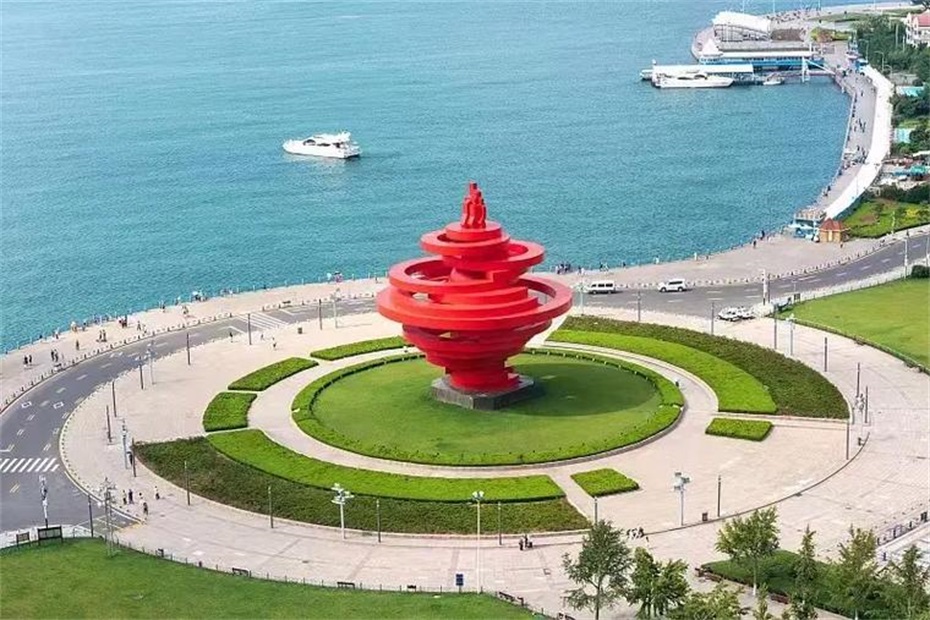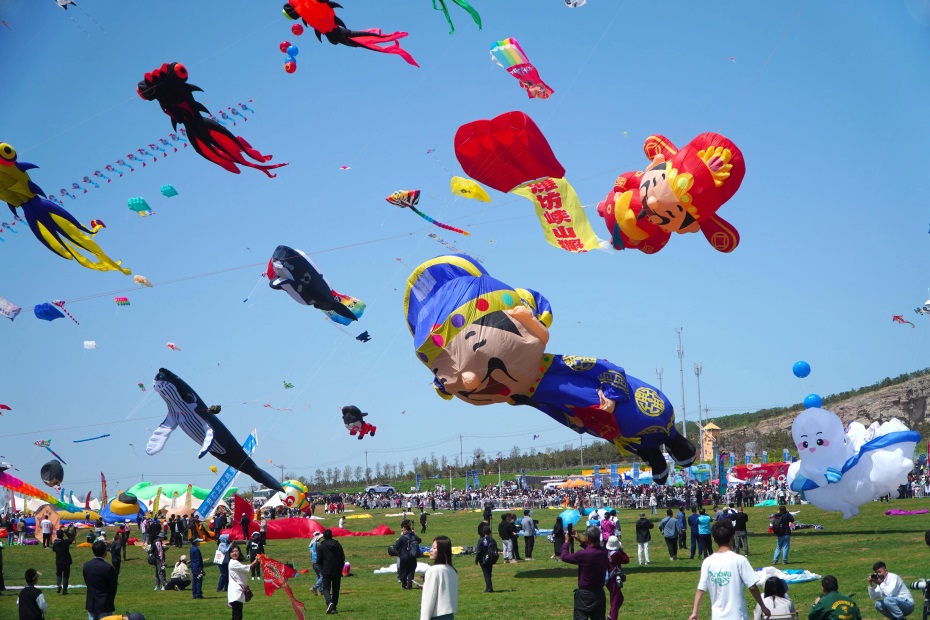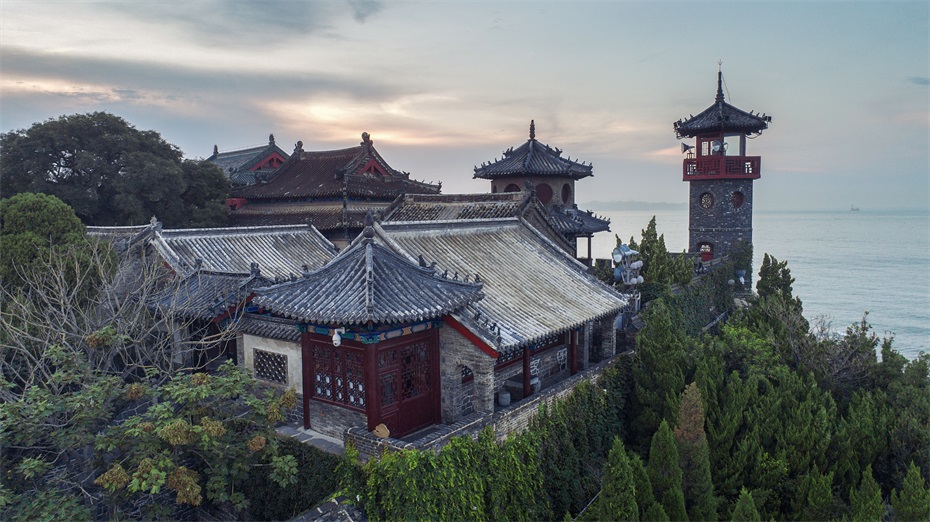Shandong Province
Overview of Shandong Province

Shandong Province, abbreviated as "Lu", is located on the eastern coast of China and downstream of the Yellow River. It is a major economic, population, and cultural province in China. The province has a land area of 155800 square kilometers and a sea area of 159600 square kilometers, with 16 prefecture level cities under its jurisdiction and a permanent population of 101.6279 million people (2022 data), making it the second most populous province in China. In 2022, the total regional GDP of the province reached 8.74 trillion yuan, ranking third in the country, and the total agricultural output value has long been ranked first in the country.
Shandong Province currently governs 16 prefecture level cities including Jinan (provincial capital), Qingdao, Zibo, Zaozhuang, Dongying, Yantai, Weifang, Jining, Tai'an, Weihai, Rizhao, Linyi, Dezhou, Liaocheng, Binzhou, and Heze, with Qingdao being a separately designated city in the state plan. As an important industrial base and agricultural production base in China, Shandong is known as the "land of Qilu" and the "hometown of Confucius and Mencius", and is also a pioneer in the development of China's marine economy.
2Īó Geographical features
1. Location characteristics
Shandong Province is located between 34 ĪŃ 22.9 Īõ N to 38 ĪŃ 24.01 Īõ N and 114 ĪŃ 47.5 Īõ E to 122 ĪŃ 42.3 Īõ E. It faces the Yellow Sea and Bohai Sea to the east, the Korean Peninsula and the Japanese archipelago across the sea, Henan to the west, Jiangsu to the south, and Hebei to the north. The coastline of the province is 3345 kilometers long, accounting for 1/6 of the total coastline of the country, with 589 islands.
2. Terrain and landforms
The terrain in the province is complex and diverse:
Middle part: mountains and hills in central and southern Shandong (Mount Mount Taishan 1532.7m above sea level)
Eastern region: Jiaodong Hills
West and north: North China Plain
The Yellow River Delta: The Youngest Land in China
3. Water system distribution
The Yellow River system: flowing through the northwest region of Shandong province
Huai River system: the main water system in the southern region
Haihe River System: Northern Regions
Independent rivers flowing into the sea: Xiaoqing River, Weihe River, etc
4. Climate characteristics
Belonging to warm temperate monsoon climate:
Annual average temperature: 11-14 Īµ
Annual precipitation: 550-950 millimeters
Significant features: distinct four seasons, simultaneous rain and heat
3Īó Historical context
1. Origin of Civilization
Neolithic Age: Beixin Culture (7300 years ago)
Dawenkou Culture (6100-4600 years ago)
Longshan Culture (4600-4000 years ago)
2. Organizational history
Pre Qin period: vassal states such as Qi and Lu
Qin and Han Dynasties: Qingzhou, Yanzhou, etc
Ming Dynasty: Establishment of the Shandong Chengxuan Administration Bureau
Qing Dynasty: The basic formation of Shandong Province
3. Modern and Contemporary Development
At the end of the 19th century, Qingdao and Yantai opened ports
During the Republic of China period, the Japanese army occupied Shandong
After the establishment of the People's Republic of China: construction of important industrial bases
Reform and Opening up: Establishment of Coastal Open Cities
4Īó Cultural Essence
1. Regional cultural characteristics
Qilu Culture: The Origin of Confucianism
Ocean Culture: Fisherman's Customs of Jiaodong Peninsula
Canal culture: Shandong section of the Beijing Hangzhou Grand Canal
Red Culture: Yimeng Spirit
2. Intangible Cultural Heritage

Folk Art: Weifang Kites, Gaomi Ash Splashing New Year Paintings
Traditional skills: Zibo ceramics, Lu embroidery
Folk culture: Mount Taishan Temple Fair, Confucius Worship Ceremony
3. Dialect characteristics
Jilu Mandarin: Northwest region of Shandong
Central Plains Mandarin: Southwest Shandong Region
Jiaoliao Mandarin: Jiaodong Peninsula
Jianghuai Mandarin: Southern regions
5Īó Tourist destinations
1. World Heritage Sites
Mount Taishan (cultural and natural heritage)
Qufu Temple and Cemetery of Confucius and the Kong Family Mansion
Qi Great Wall (World Cultural Heritage Extension Project)
Beijing Hangzhou Grand Canal (Shandong section)
2. 5A level scenic spot

Qufu Ming Ancient City (Sankong) Tourist Area
Qingdao Laoshan Scenic Area
Yantai Penglai Pavilion - Sanxian Mountain - Baxian Cross Sea Tourist Area
Weihai Liugong Island Scenic Area
3. Featured tourism
Confucian Culture Tour: Qufu Three Confucius and Nishan Holy Land
Coastal leisure tourism: Qingdao, Yantai, Weihai
Red Study Tour: Yimeng Revolutionary Base Area
Rural Ecological Tour: Yimeng Mountain, Taierzhuang Ancient City
6Īó Food map
1. Characteristics of Shandong cuisine
Jinan cuisine: Nine round colon, sweet and sour carp
Jiaodong cuisine: Scallion braised sea cucumber, oil fried double crispy
Kong Family Cuisine: First grade Tofu, Poetic Ginkgo Biloba
Boshan cuisine: Tofu box, crispy pot
2. Featured snacks

Qingdao seafood
Weifang Roushao
Zaozhuang vegetable pancake
Linyi Grain Soup
3. Specialty drinks
Tsingtao Beer
yantai apple
Ejiao
rizhao green tea
7Īó Development Status
1. Industrial system
Agriculture: the first province in China with a total agricultural output value exceeding one trillion yuan
Industry: 41 complete industrial categories
Ocean economy: accounting for nearly 20% of the province's GDP
Digital Economy: Construction of "Digital Intelligence Shandong"
2. Transportation network
Ports: Qingdao Port, Rizhao Port, Yantai Port
High speed rail: "Four Horizontals and Six Verticals" high-speed rail network
Airlines: Jinan Yaoqiang, Qingdao Jiaodong International Airport
Highway: Over 8000 kilometers of highways have been opened to traffic
3. Innovation ecosystem
Shandong Peninsula National Independent Innovation Demonstration Zone
Jinan New and Old Kinetic Energy Conversion Starting Zone
Qingdao Marine Science and Technology Pilot National Laboratory
Yantai New and Old Kinetic Energy Conversion Research Institute
From the top of Mount Taishan Mountain to the shore of the Yellow Sea, from the hometown of Confucius to the old area of Yimeng, this land of "Qilu is still young" is writing a new chapter in the construction of a modern and powerful socialist province in the new era with the courage of "daring to be the first in the world" and the responsibility of "taking the lead". It has both the heroic spirit of "climbing Mount Taishan and becoming a small world" and the warmth of "hospitality to Shandong", and is becoming an important practice place of Chinese path to modernization.
simliy
